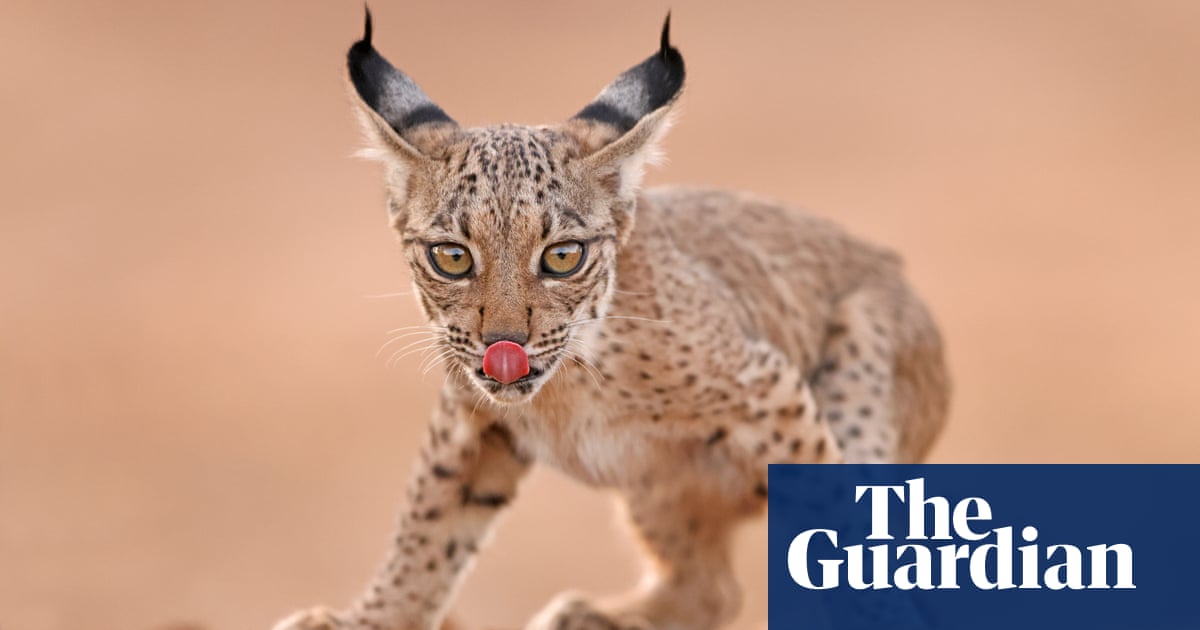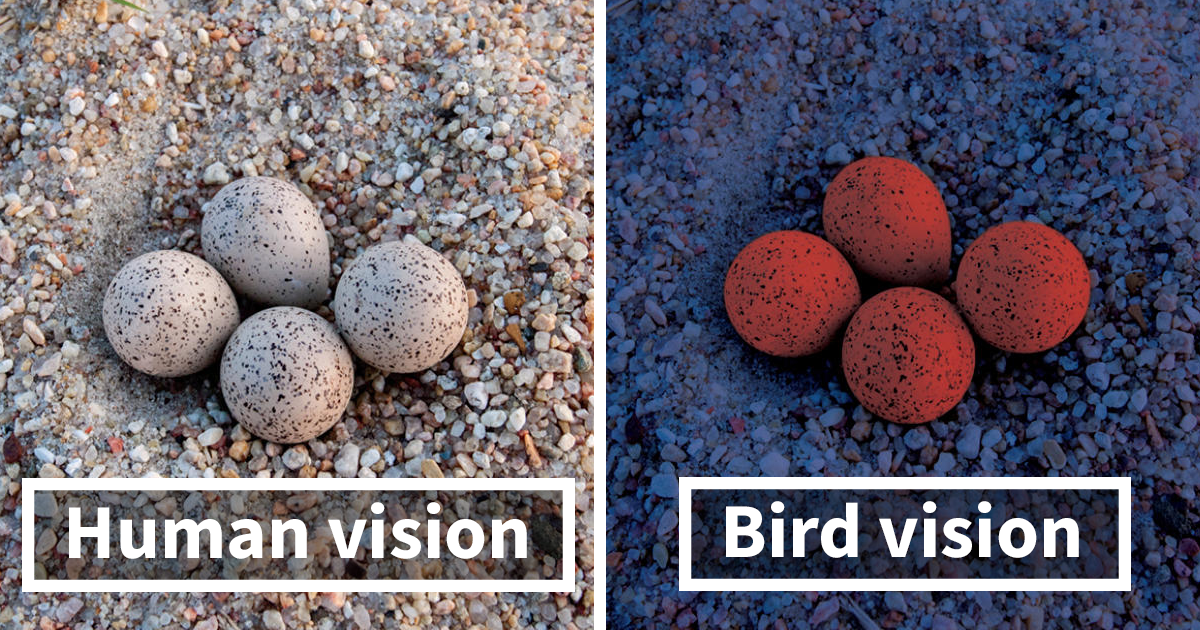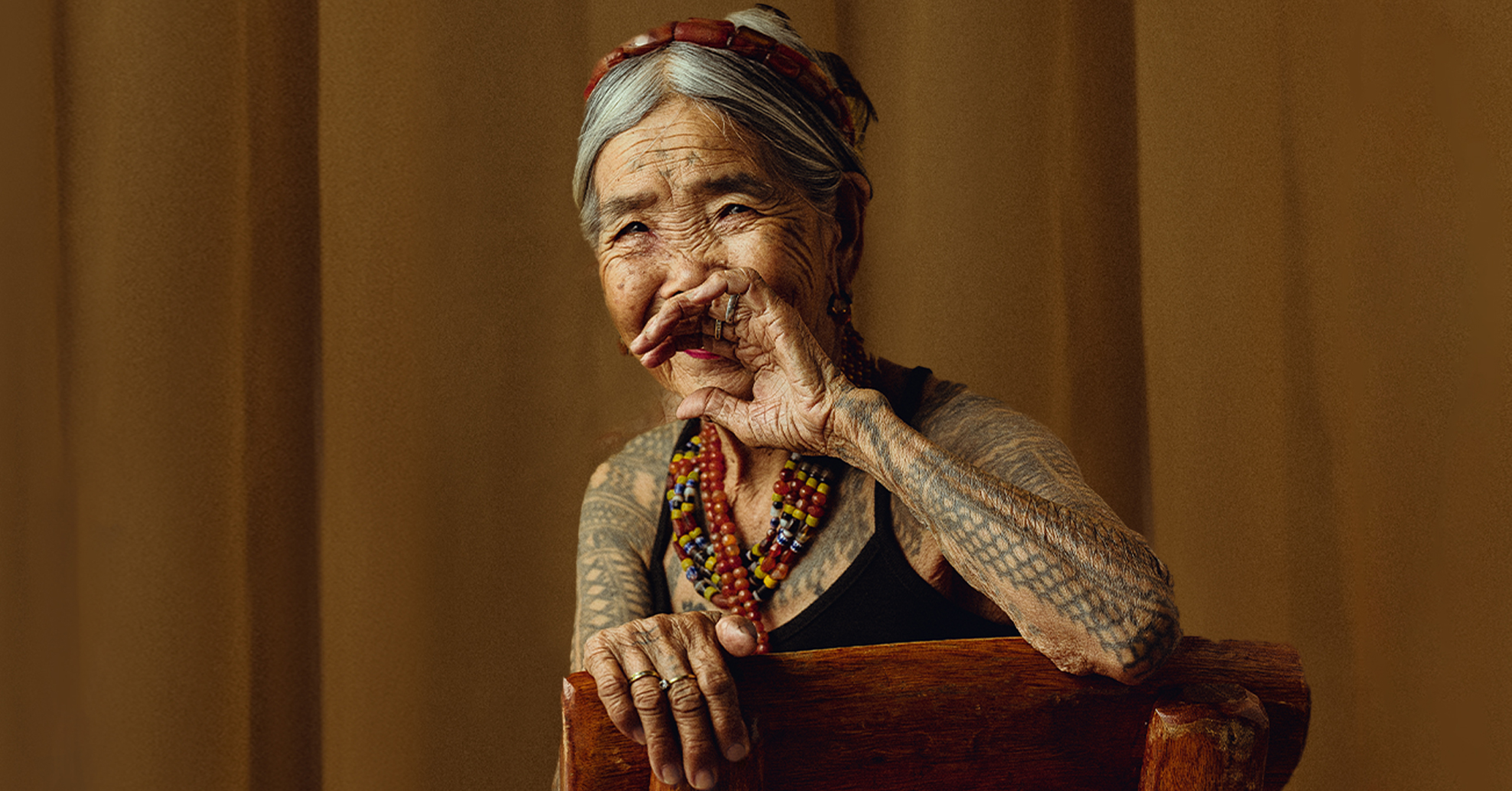- Breathing Light
- Posts
- Breathing Light Issue #62
Breathing Light Issue #62
On Autumn's russet songs and the mystery of water finding its way

In this Issue
1. Taku Mahi Toi o Te wiki-My Image of the Week
2. Korero Timatanga-Frontispiece
3. Photographer's Corner-On the Colour of Light
4. Waiata mou te Ata-Poem for the day
5. Fevered Mind Links (to make your Sunday morning coffee go cold)
6. Koorero Whakamutunga-Endpapers
My Image of the Week
Taku Mahi Toi O te Wiki

Tree, Te Ana-au, Fiordland 2022 | Fujifilm GFX 100, GF 45-100/4
The unfolding of life does more than fray our bodies with entropy — it softens our spirit, blunting the edge of vanity and broadening the aperture of beauty, so that we become both more ourselves and more unselved, awake to the felicitous interdependence of the world.
There is much to be said for meandering and meditating with our camera, especially if we feel no pressure to meet others’ expectations, only our own. There is great joy and wonder in walking and listening and feeling while we wait for our subject to come to us.
When one of his students asked him what was the right time to make a photograph, the great American photographer Minor White replied:
“be still within yourself until the object of your interest affirms your presence.”
It is very easy to try and impose ourselves upon our subject, to impress our Self (whoever we may consider that to be at the time) upon what is before us. The Internet is full of pictures which yell:
“Hey, I am here. Be what I want. Do what I say.”
Come to think of it, many people live their lives that way.
Be what I want. Do what I say.
How much harder it is to be receptive to your subject, to stand quietly and know it for who it is, for what it is.
Whakarongo mai.
Listen to me. Hear what I have to say.
I know the trees in our local park well. Well, I think I do. I have watched them through the seasons for the last three years, seeking to get to know them. I'm particularly drawn to all the travellers from distant lands, the pines and cypresses, cherries, oaks and sycamores. However, the eucalyptus trees are proving to be a bit more challenging to get to know. It may be because they keenly feel they are strangers in a strange land and haven't decided what to make of this country.
One of the joys of living here is that the place has four distinct seasons, each with its own energy and mauri (presence/essence). I suspect all of us have favourite seasons. For some, it is the warmth and passion of summer, while others are fascinated by the new life of spring.
I've always seen myself as an autumn and winter person, particularly here in the South. There are the vibrant reds and golds that colour this time of the year. Soon the colours will fade, the leaves will fall, and the light will tip over into blues and whites as winter arrives.
I'm coming to learn that the best time to go up to the park is when all the exotic trees have dressed up in their finest garments to celebrate the harvest of autumn and the fulfilment of the year. In some ways, they are having a grand ball to celebrate the completion of the cycle of the seasons.
I love wandering in the early morning when the sun hasn't yet found its way into the park, and I love being there at the end of the day when the light shades into yellow and casts long fingers of shadow across the ground. Having a camera in my hand to make the likeness of autumn is a joyous thing to do: a gift and a blessing.
This tree was hidden away at the top of the park under the pine trees. It never seemed particularly remarkable, more a wallflower at the party, trying to get involved but somehow too frightened to do so. Then one afternoon, it called for my attention.
A few fingers of late, lingering yellow sun had found their way through a gap in the pines and cypresses, lighting up the sequinned leaves of her party frock. It was as if it was her last chance for attention before winter called time on the autumn party.
Look at me.
Pay attention.
See me for who I am.
I bowed and raised my camera.
Now, as long as this picture endures, I will know I honoured her memory and presence.
When I made the picture in postproduction, it seemed to me that she was wearing a wondrous feather cloak made from light.
Curiously, as I have gone up to the park over the last fortnight looking to make more documents of autumn, I have searched for her without success. I know where she should be, but there is no sign of her.
All that remains for now of our encounter is an artwork.
And Perhaps that is enough.
Frontispiece

Aihe, Piopiotahi, 2021 | Fujifilm GFX 100, GF 45-100/4
Nature promotes mutualism. The flower nourishes the bee. The river waters quench the thirst of all living beings. And trees provide a welcoming home to so many birds and animals. There is a rhythm to this togetherness.
Atamaarie e te whaanau:
Good morning everybody.
My apologies for sending this out two days late. Some of you were looking forward to getting it on Sunday. However, life got in the way.
I usually set Saturday aside as my Breathing Light day. However, telephone conversations and visits from friends meant I didn't get to it all day. I consoled myself with the thought that this is the holiday anyway, which it seems to me is a succession of Sundays, so sending it out on Monday, also a holiday, wouldn't be so bad. So here it is. Enjoy.
Then things turned to custard on Sunday morning. If I haven't finished by Saturday evening, I usually get up around 3 am, work on it, polish it and get it out the door at 8:45 am. This morning didn't quite work out like that. I sat down to work to find my Microsoft account had become scrambled, and none of my Office 365 apps would work. Finally, three hours later, after time on the phone to support, we got there.
It seems almost a miracle that this week's arm wrestle made it out the door!
Last week I talked about giving you the opportunity to buy me a cup of coffee. Perhaps even buying an e-book. Blessings and gratitude to those of you who came to the party and shouted me a bunch of coffees.
I am deeply grateful. Thanks also to those of you who picked up a copy of my published e-books.
People still ask me if they can buy a copy of Raahui, the book of poetry and pictures I wrote during the lockdown in 2020. No, there are none left because they all raced out the door very quickly. The 300 copies I had printed are long gone, and I'm not sure when or if I will do a reprint. However, you can buy an identical copy as an e-book. Just click the link, and it will take you to my Shopify page, where you can purchase a digital download, which is fulfilled instantly.
Here in Aotearoa New Zealand, we are in the middle of our Easter holiday. I was going to use the word “celebrate”, but I wonder how many of us are Christians who are aware of Easter's significance and its spiritual and theological significance. For most of us, it is a welcome holiday, a chance to get away from our daily lives and be with friends and family.
It is also profoundly, wonderfully autumn, a kind of combination of the growing time of the year, a time to harvest what we have grown over the summer, to prepare for winter and slow to little growth. Perhaps, in many ways, Easter and autumn have something in common. If autumn is the culmination of the growing season, so is Easter the culmination of Jesus’ life's work, when he put himself on the line and made the ultimate sacrifice for the sake of humanity.
I think the American naturalist, John Muir, saw the connection.
In his words:
In the yellow mist the rough angles melt on the rocks. Forms, lines, tints, reflections, sounds, all are softened, and although the dying time, it is also the color time, the time when faith in the steadfastness of Nature is surest… The seeds all have next summer in them, some of them thousands of summers, as the sequoia and cedar. In the holiday array all go calmly down into the white winter rejoicing, plainly hopeful, faithful… everything taking what comes, and looking forward to the future, as if piously saying, “Thy will be done in earth as in heaven!”
Photographer's Corner
On the colour of light

Tree in autumn, Te Ana-au | Fujifilm GFX 100, GF 45-100/4
The garden of love is green without limit and yields many fruits other than sorrow or joy. Love is beyond either condition: without spring, without autumn, it is always fresh.
On the colour of light and learning to see like your camera.
I remember Jim from Pan Pacific Cameras in Christchurch. He had retired from a busy life as a professional photographer to work in the shop for a salary. There was little he didn't know. And, because I was hungry to learn everything I could about photography, I would wander across and plague him with my latest efforts during my lunch breaks.
One day I was inflicting my latest attempt at portraiture upon him. He looked at the picture for a time, then looked up at me and gave me one of the best pieces of advice I think I've ever received.
“You know, the great trick in photography is learning to see like your camera. Not the other way around.”
I've never forgotten that. I have to learn to see the world as my camera does, and, in so doing, it will guide me to see the world in a new way.
Understanding light is like that. So much of what we think we know about it is based on presumption and preconception. So much of it has been wired into us that we see what we think we see, not what is. To make the most of our medium, we need to begin to notice things as they are rather than follow the lazy path of merely reading labels.
If you are sensitive to light, you'll be one of those people who suddenly notices the arrival of autumn or spring. You will suddenly look up and be aware that the light has changed. You will know that the season has abruptly shifted because the light is different.
Many of us, however, take light for granted. We think we can define the colour white, yet a quick visit to a hardware paint shop will quickly show us that an enormous range of white paints is available.
Light is like that. One way of measuring it is via colour temperature. For example, a standard tungsten lightbulb has a colour temperature of roughly 2600° Kelvin (depending upon the wattage) and emits very yellow light. At the other extreme, shadowed snowfields in the middle of winter can have a very blue colour temperature of around 16,000° Kelvin.
In the days of film, the standard for daylight colour temperature was 5600° Kelvin. There are a variety of explanations for that, one being that Kodak set the standard. That may or may not be accurate.
We all know sunsets tend to favour reds, oranges, and yellows. This is because the atmosphere tends to absorb cooler wavelengths. So the light at a given time of the day will have a different colour temperature depending on the time of year.
So how are we to become more sensitive to the colour of light?
If you use a digital camera, here is a simple and effective way.
Take your camera off auto white balance, which is always trying to find the middle ground along the two axes of yellow-blue and green-magenta. It tries to show you what it thinks you should see rather than what is there.
Set your white balance to daylight (the sun symbol), and lock it there. If you shoot Raw files (and you should), set your camera to shoot Raw plus a small Jpeg. When you review your files, you will have the raw file plus a Jpeg showing you what the camera saw. Then you can edit the raw file any way you want.
Over time, by studying the files, you will begin to see the light as it is and reprogram your mind to become more sensitive to light.
You will begin to see like your camera.
Waiata Mou Te Ata-Poem For the Day
Tree Song

Rakau, Te Anau. Fiordland | Fujifilm GFX 100, GF 45-100/4
The difference between my youth which was my spring, and these forty years, and they are my autumn, is the very difference that exists between flower and fruit.
A flower is forever swayed with the wind and knows not why and wherefore.
But the fruit overladen with the honey of summer, knows that it is one of life’s home-comings, as a poet when his song is sung knows sweet content,
Though life has been bitter upon his lips
Rather than craft a new poem for issue #62, I've decided to (re-) share one from Raahui. As many of you know, when our country went into lockdown for a month in 2020, I wondered what I would do with all that time.
On the first morning, I woke up and looked out the window. A few words crept out of the undergrowth of my mind, and I decided to write a poem. Well, why not? I had time. Plenty of it.
So I sat there and composed the poem on my phone. It was the first time I'd written poetry with any intent. I've always favoured prose. I selected one of my pictures, created a meme and posted it on Facebook.
I did the same thing again the next day, and the next, and the next. By the end of the lockdown, people began to suggest I should make them into a book, which I did and published at the end of that year.
In many ways, it was a wonderfully peaceful and joyous time. The streets went silent; people withdrew into themselves, and with no traffic, the native birds returned. One morning I watched a native falcon, normally very reclusive, circling above my home in the village.
Of course, it is about the trees in the park.
Why would it not be?
Tree song
On day nine
feeling pinned,
an insect in a glass museum drawer,
I went to the park on the verge of town
to wander among the soft sigh of autumn
and an alien arrangement
of trees from other lands.
In fading festive finery,
thin black opera glove arms,
and the dizzying waft of foreign perfumes,
they huddled in awkward groups,
red-faced guests at an office party
not sure what to say, or if they should.
Yet, beneath the sun-striped grass,
in the deep, dank dark of the cooling earth
their tentative roots
reached gently out across the gaps
in silent supplication.

Fevered Mind Links (to make your Sunday morning coffee go cold)
EndPapers
Koorero Whakamutunga

Berries, 2023 | Fujifilm GFX 100, GF 45-100/4
Perhaps Life is like a toilet roll; the closer you get to the end, the faster it unwinds.
Over the last week or two, I have been meditating upon the reality and metaphor of water. It probably came about when I was going through my back catalogue and realised just how many pictures I have of water in its myriad forms.
Water, in all its many states, is essential for life to continue. It has so many rhythms and moods. There is the gentle rain of autumn falling softly through the night and gently tending the gardens of the natural world. However, water can be destructive, bringing floods and reconfiguring the land and all the living beings upon and within it. In many ways, water is the agent of change and will not be denied. The Roman poet Ovid wrote this of water:
“rock is hard, and water is soft. Yet soft water hollows out hard rock. Persevere.”
Water is like that. It will not be denied. But, on the contrary, water always seeks to move downwards, to return to its source, the ocean.
Perhaps we can see water as a metaphor for our own lives. We begin them on a mountaintop, flow into the Great River, and move downwards on our life journey until we are re-absorbed by the Ocean, by Source. Along the way, along our way, we will encounter rapids and waterfalls, occasionally be trapped in eddies and backwaters, and, of course, spend time floating serenely on calm water.
Did you know that water on the river's surface always flows more swiftly than just above the riverbed? So every trout knows to go to the bottom if it wishes to rest yet rises to the surface to consume passing food.
We might ask ourselves whether we live on the surface or deeper down.
We might ask ourselves where we are on the river and where we are within it..
As always, walk gently upon our Mother and be kind to each other.
He mihi arohaa nunui ki a koutou katoa
Much love to you all,
Tony.












/https%3A%2F%2Ftf-cmsv2-smithsonianmag-media.s3.amazonaws.com%2Ffiler_public%2Fec%2F3d%2Fec3d84ba-aa47-4f24-b8c7-ab39076f4a39%2Fmr_and_mrs_manet.jpeg)


Reply